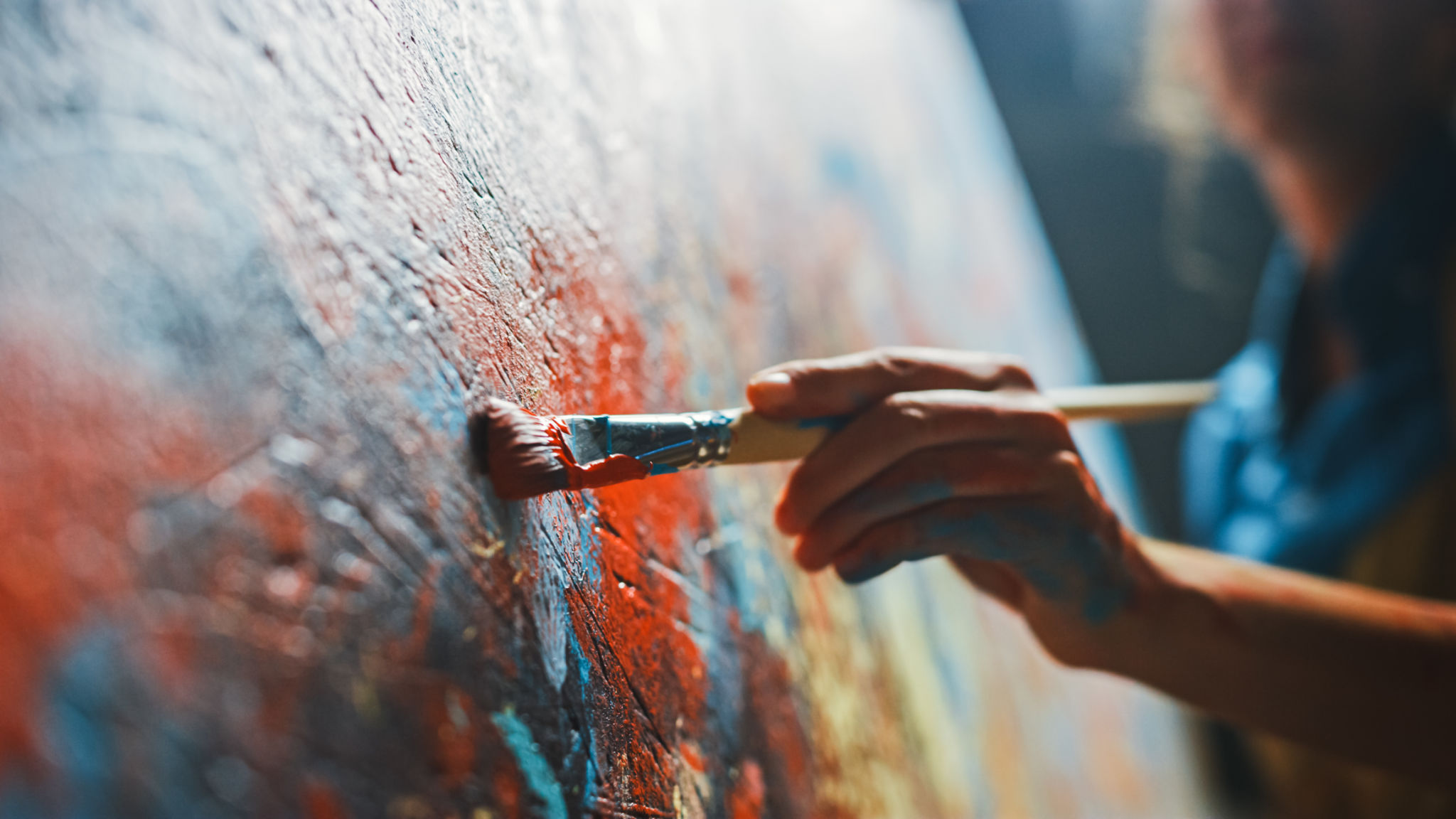How to Use Pigments and Dyes in Artistic Projects: Tips from the Pros
Understanding Pigments and Dyes: The Basics
In the world of art, pigments and dyes are essential components that bring vibrant color and life to creations. While both serve the purpose of adding color, they differ in their composition and application. Pigments are insoluble particles used in paints, inks, and coatings. On the other hand, dyes are soluble substances that impart color through a chemical reaction with the substrate.
Artists have used these materials for centuries, drawing from both natural and synthetic sources. Natural pigments come from minerals and organic sources, while synthetic dyes are created through chemical processes. Understanding the differences between pigments and dyes can significantly enhance an artist's ability to choose the right medium for their project.

Choosing the Right Medium
Selecting the appropriate medium for your artistic project is crucial. When working with pigments, consider using them in conjunction with binders like oil or acrylic to create paints. For dyes, fabrics and papers are ideal substrates due to their absorbent nature.
It's important to match your choice of medium with the project’s requirements. For instance, if you are aiming for longevity and lightfastness, pigments might be the better choice. Conversely, dyes offer a broad spectrum of vivid colors, which can be especially useful for textile projects.
Tips for Mixing Pigments and Dyes
Mixing pigments can be an exciting process, allowing you to create unique colors and effects. Here are some tips from professional artists:
- Start with primary colors: By mixing primary colors, you can create a wide range of secondary and tertiary colors.
- Use a palette knife: This tool helps in achieving a smooth mix without incorporating air bubbles.
- Test swatches: Always create test swatches on a similar material to see how the color behaves once it dries.

Application Techniques
The technique you use to apply pigments and dyes can dramatically affect the outcome of your artwork. For pigments, layering is a popular technique that adds depth and complexity. Start with lighter colors as a base and add darker shades to create dimension.
With dyes, techniques like tie-dye or batik can produce intricate patterns. These methods involve strategic folding, twisting, or waxing of fabrics before dye application. Experiment with different techniques to find what works best for your artistic vision.
Caring for Your Artworks
Proper care and maintenance are essential to preserve the vibrancy of artworks made with pigments and dyes. For pigment-based projects, applying a protective varnish can safeguard against UV damage and dust. Dyes, especially on textiles, should be washed gently in cold water to prevent fading.

By understanding how to use pigments and dyes effectively, artists can expand their creative horizons and produce stunning works of art. Whether you are a seasoned professional or a budding artist, these tips offer valuable insights into enhancing your artistic projects with color.
